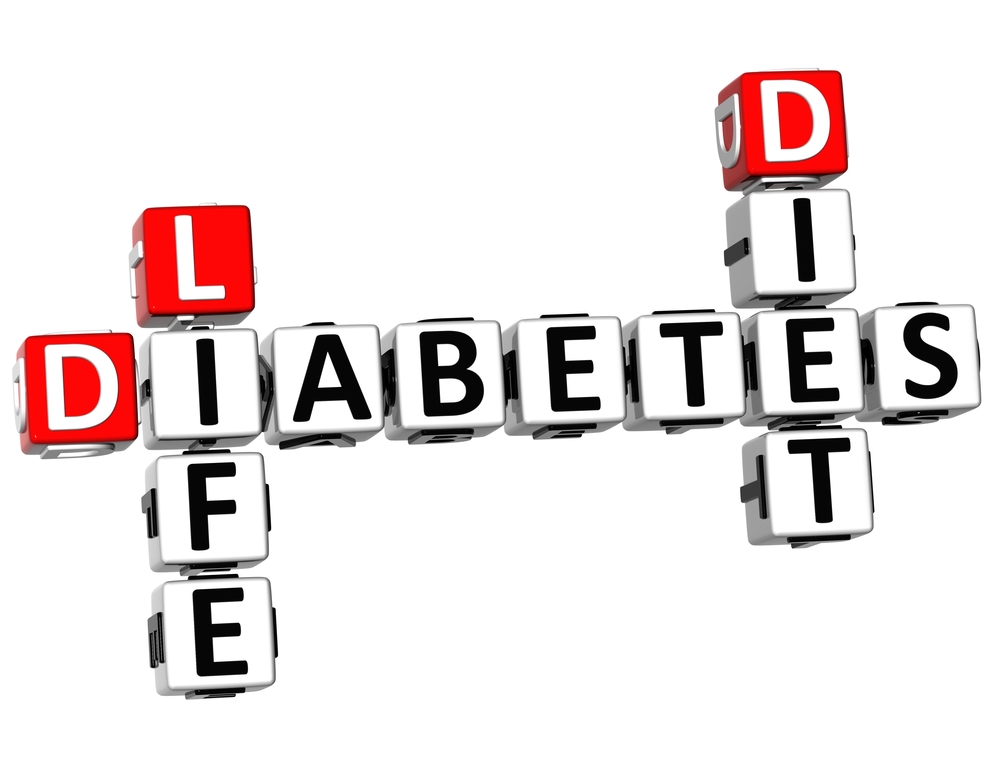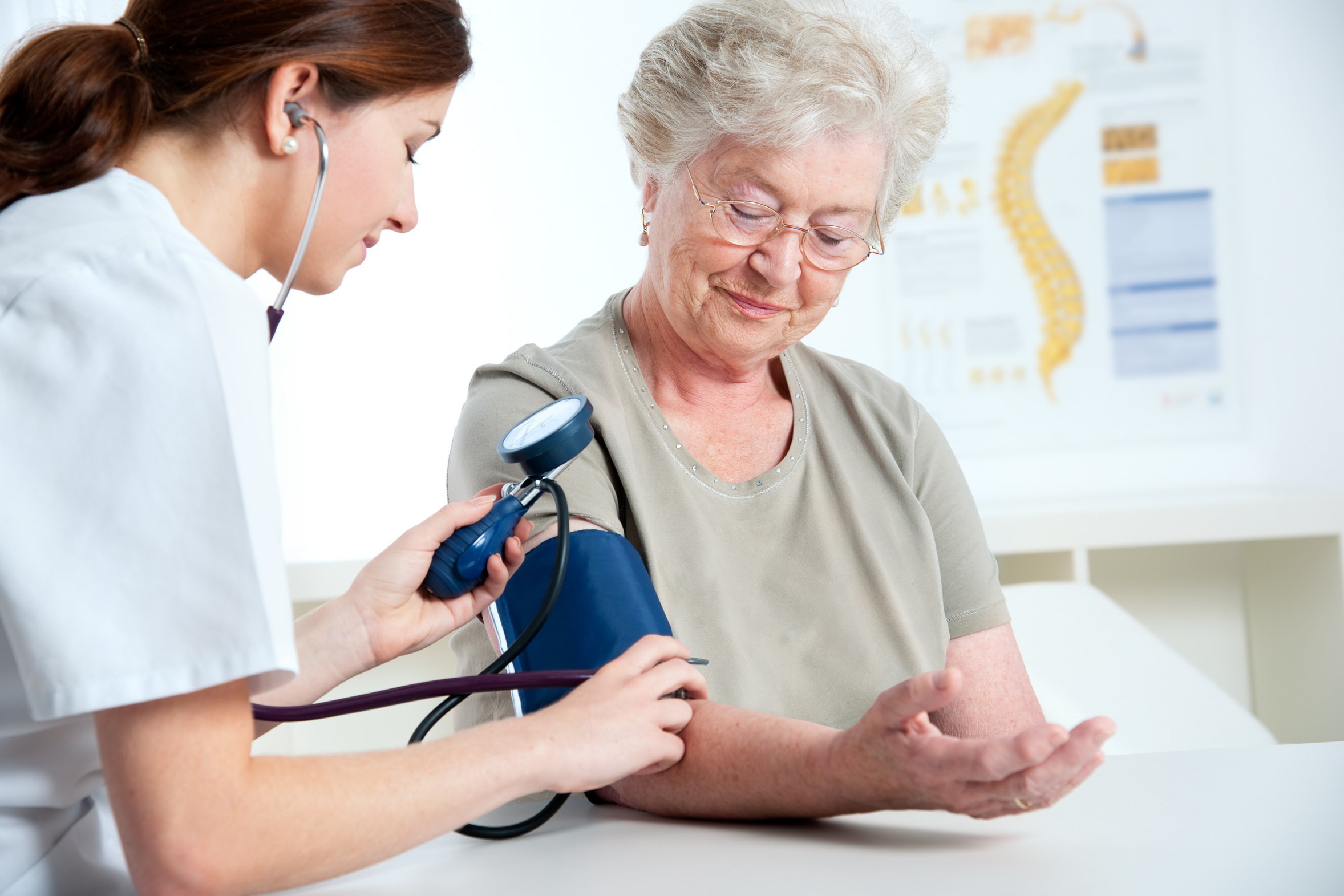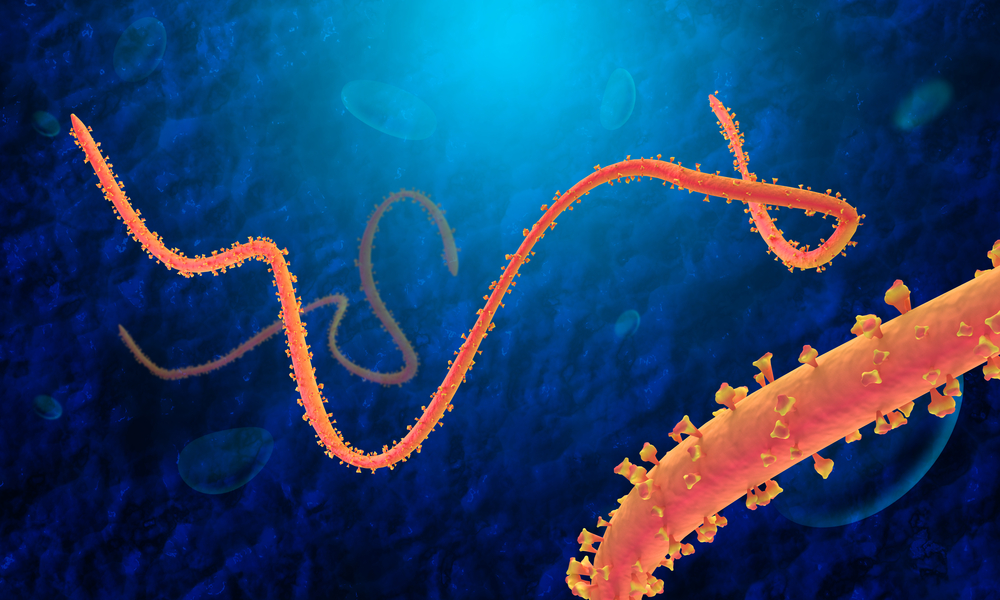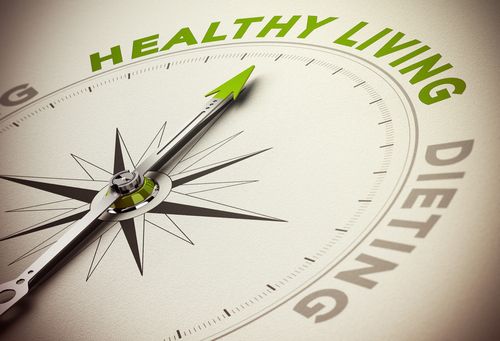Diabetes is a group of metabolic diseases in which the person’s blood glucose (blood sugar) level is high. The rise in blood glucose level could be due to two conditions: when insulin production is inadequate or cells of body are not able to respond to insulin. Insulin is a hormone which is produced by pancreas, allowing glucose to enter cells of body. Glucose is either produced by liver or comes from digesting carbohydrates. Patients who are diabetic either suffer from frequent urination or they become more thirsty and hungry. Diabetes can catch any one and it is a lifelong health complication. Worldwide, 382 million people are affected by diabetes. Diabetes has been taking more lives than dangerous diseases like AIDS and breast cancer. It is the most leading cause of blindness, kidney failure and heart diseases. The research says that more than $174 billion is spend by American public on diabetes annually.











